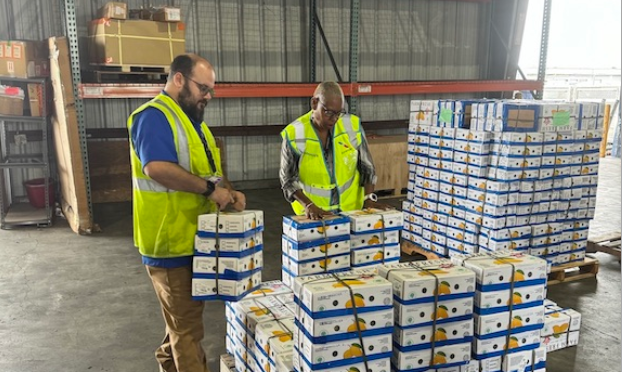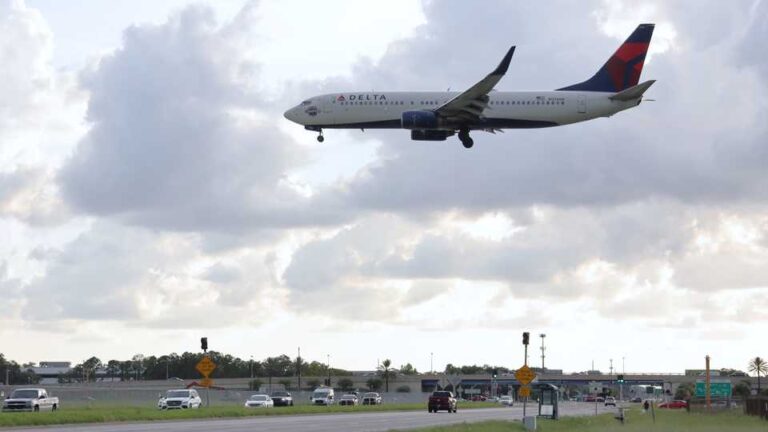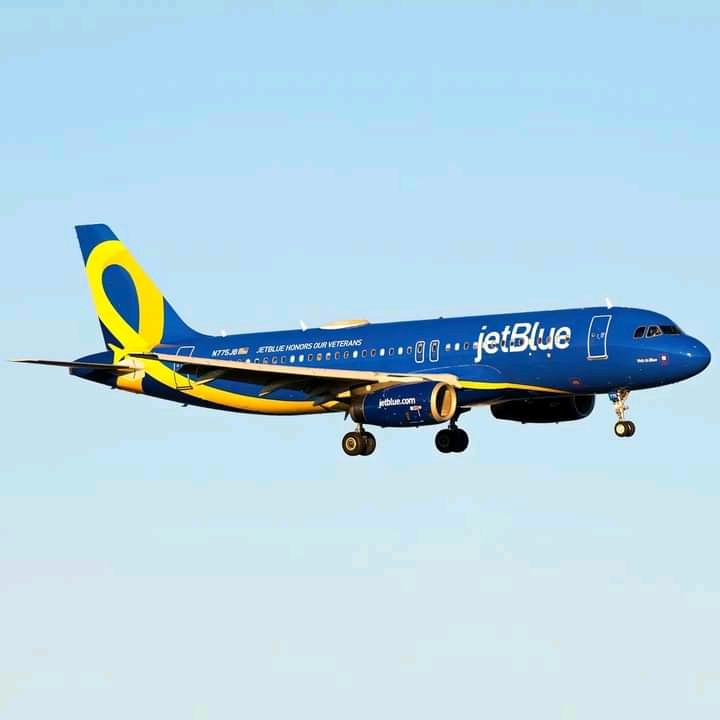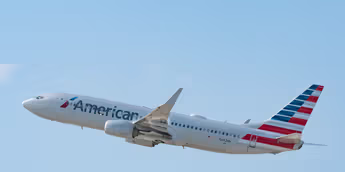American Airlines Pays The Price For A Bungled Distribution Gambit
American Airlines is facing numerous challenges in the short term, but one major headwind is self-inflicted—the carrier’s belief that the industry would embrace extreme changes to its distribution strategy. During a recent earnings discussion, the airline’s CEO Robert Isom outlined how American…
American Airlines is currently grappling with numerous challenges in the short term. However, one significant obstacle is self-inflicted—the carrier’s ambitious belief that the industry would embrace extreme changes to its distribution strategy. This strategic pivot has generated mixed reactions, posing additional hurdles for the airline as it navigates through an already turbulent period.
The Distribution Strategy Shift
During a recent earnings discussion, American Airlines CEO Robert Isom provided insights into the airline’s new distribution strategy. The goal is to revolutionize how flight tickets are sold and distributed, moving away from traditional methods to more modern, digital-first approaches. This shift is intended to streamline operations, enhance customer experience, and ultimately drive higher profitability.
Key Components of the New Strategy:
- Direct Channels: American Airlines aims to encourage more bookings through its website and mobile app. By doing so, the airline can reduce reliance on third-party travel agencies and global distribution systems (GDS), which often charge significant fees for their services.
-
NDC Adoption: The airline is heavily investing in New Distribution Capability (NDC) technology, developed by the International Air Transport Association (IATA). NDC allows airlines to sell additional services and products directly to customers, providing a richer and more personalized shopping experience.
-
Dynamic Pricing: Implementing advanced data analytics and artificial intelligence to offer dynamic pricing. This means ticket prices can adjust in real time based on demand, competition, and other market factors, potentially maximizing revenue.
Challenges and Industry Reactions
While the vision for a revamped distribution model is ambitious, its implementation has not been without significant challenges. The airline industry, known for its complex and entrenched systems, has shown resistance to such rapid changes. Traditional travel agencies and GDS providers have voiced concerns over the potential disruption to their business models and the added complexities of integrating new technologies.
1. Resistance from Travel Agencies and GDS Providers:
Many travel agencies and GDS providers rely on the existing distribution frameworks that American Airlines is seeking to overhaul. These stakeholders argue that the new strategy could lead to increased costs, reduced transparency, and complications in accessing comprehensive flight information.
2. Technical and Operational Hurdles:
Adopting NDC and other advanced technologies requires significant technical infrastructure and expertise. American Airlines has faced challenges in seamlessly integrating these systems into its existing operations. The transition has led to occasional glitches and disruptions, impacting customer experience and operational efficiency.
3. Customer Adaptation:
While the shift towards direct channels and personalized services aims to enhance customer experience, it also requires passengers to adapt to new booking processes. Frequent travelers who are accustomed to traditional methods may find the transition inconvenient, leading to potential dissatisfaction and loyalty challenges.
Financial Implications
The financial implications of this distribution strategy shift are profound. On one hand, reducing reliance on third-party intermediaries can result in substantial cost savings for American Airlines. Lower distribution costs can improve profit margins and provide more flexibility in pricing strategies.
However, the initial investment in new technologies and the potential loss of business from dissatisfied partners pose significant financial risks. During the earnings discussion, CEO Robert Isom acknowledged these challenges but expressed confidence in the long-term benefits of the strategy.
1. Short-Term Financial Strain:
In the short term, American Airlines may experience financial strain due to the costs associated with implementing new systems and technologies. These expenses include upgrading IT infrastructure, training staff, and managing potential operational disruptions.
2. Long-Term Profitability:
Despite short-term challenges, the airline anticipates that the new distribution strategy will drive long-term profitability. By gaining more control over distribution channels, American Airlines can optimize pricing, offer targeted promotions, and enhance overall revenue management.
Navigating External Challenges
In addition to its internal distribution strategy overhaul, American Airlines is navigating a range of external challenges that are impacting its operations and financial performance. These include fluctuating fuel prices, labor shortages, and ongoing recovery from the COVID-19 pandemic.
1. Fuel Prices:
Fluctuating fuel prices remain a significant concern for the airline industry. Rising fuel costs can erode profit margins and force airlines to adjust fares, potentially affecting demand. American Airlines is actively exploring ways to mitigate these impacts through fuel hedging strategies and more efficient aircraft.
The aviation industry is facing labor shortages, particularly in areas such as pilots, flight attendants, and ground staff. These shortages can lead to operational disruptions, flight cancellations, and increased labor costs. American Airlines is investing in recruitment and training programs to address these challenges.
The airline industry is still recovering from the profound impacts of the COVID-19 pandemic. While travel demand has rebounded, new variants and changing travel restrictions continue to create uncertainty. American Airlines is focusing on flexibility and resilience to navigate this evolving landscape.
Moving Forward
To successfully navigate these challenges and achieve its ambitious distribution strategy goals, American Airlines is adopting a multi-faceted approach. This includes continuous engagement with industry stakeholders, robust investment in technology, and a commitment to enhancing customer experience.
1. Collaboration with Industry Stakeholders:
Recognizing the importance of collaboration, American Airlines is actively engaging with travel agencies, GDS providers, and other industry partners. By fostering open dialogue and addressing concerns, the airline aims to build a more cohesive and cooperative ecosystem.
2. Investment in Technology:
Continued investment in technology is crucial for the success of the distribution strategy. American Airlines is allocating significant resources to develop and implement advanced systems that can support NDC, dynamic pricing, and other innovative solutions.
3. Customer-Centric Approach:
Ultimately, the success of the new distribution strategy hinges on customer satisfaction. American Airlines is committed to offering a seamless and personalized booking experience, ensuring that passengers can easily adapt to the new processes and enjoy enhanced services.
American Airlines’ decision to shift its distribution strategy represents a bold and ambitious move aimed at transforming how flight tickets are sold and distributed. While the potential benefits are significant, the airline faces substantial challenges in implementing these changes. Resistance from industry stakeholders, technical hurdles, and customer adaptation are just a few of the obstacles that need to be addressed.
In the short term, American Airlines may experience financial strain and operational disruptions. However, the airline’s leadership remains confident in the long-term benefits of the strategy, including cost savings, improved profitability, and enhanced customer experience.
As American Airlines navigates this transformative period, collaboration with industry partners, robust investment in technology, and a customer-centric approach will be key to overcoming challenges and achieving success. The airline industry is at a crossroads, and the outcome of American Airlines’ ambitious strategy could shape the future of flight distribution for years to come.






